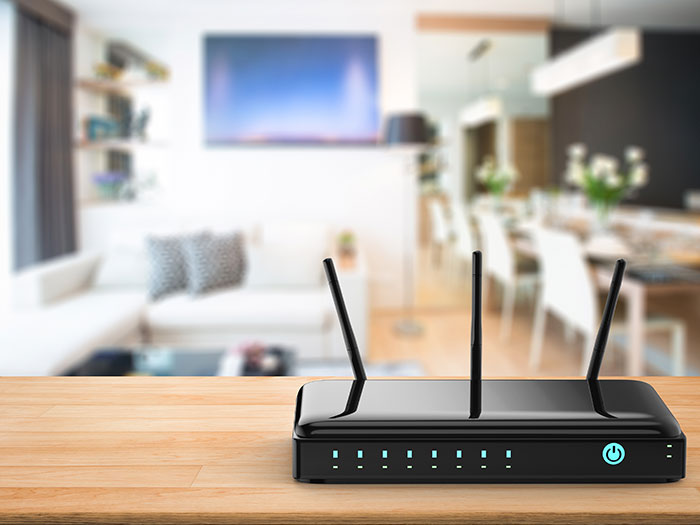Improving Wi-Fi Connection and Performance in Multi-Unit Settings for Maximum Customer Satisfaction
Improving Wi-Fi Connection and Performance in Multi-Unit Settings for Maximum Customer Satisfaction
Blog Article
In the current world, maintaining a strong and reliable Wi-Fi connection is crucial, particularly in multi-unit settings like apartments or condominiums. Many individuals depend on the internet for employment, education, and entertainment. However, Wi-Fi transmissions can have difficulty to extend to every area of these structures due to multiple obstacles. These obstacles can consist of partitions, levels, and other digital equipment that interfere with the signal. To improve Wi-Fi connectivity and functionality in these settings, it is important to grasp some basic principles of wireless networking.
One effective way to boost Wireless operation is by intelligently positioning gateways and extenders throughout the building. A central placement is usually ideal, as it enables the coverage to travel uniformly in all areas. In spacious multi-unit residences, multiple access points may be required. These devices assist increase the reach of the wireless infrastructure and deliver stronger service to residents in different parts of the structure. Additionally, deploying devices that support the latest wireless standards can lead to faster speeds and better overall performance.
Another important factor in optimizing wireless connectivity is reducing disruption from other electronics. Most household items, discover here such as microwaves and cordless phones, can interfere with wireless signals. It is recommended to keep routers away from these devices to maintain a more stable signal. Additionally, adjusting the channel configuration on a device can help reduce conflict from adjacent networks. The majority of routers automatically choose the most suitable channel, but manually choosing a less congested one can improve performance.
Periodically updating router software is also crucial for ensuring optimal wireless stability. Manufacturers frequently release patches that resolve bugs and enhance internet upgrades for mdus security features. Maintaining the firmware current guarantees that residents take advantage of the latest improvements and defenses against potential risks. Furthermore, tracking bandwidth usage helps detect which endpoints consume more resources, enabling better management of existing resources.
Finally, informing users about best practices for utilizing wireless networks can significantly improve their performance. Simple measures such as pairing only necessary units, using Ethernet connections when possible, and regularly restarting the device can make a difference. By fostering a community that comprehends how to optimize their network usage, multi-unit residences can enhance user satisfaction and ensure that all users enjoys a consistent internet service. This combined method of strategic deployment, minimizing interference, managing equipment, and informing users will result in a more efficient and satisfying Wi-Fi usage for all residents.